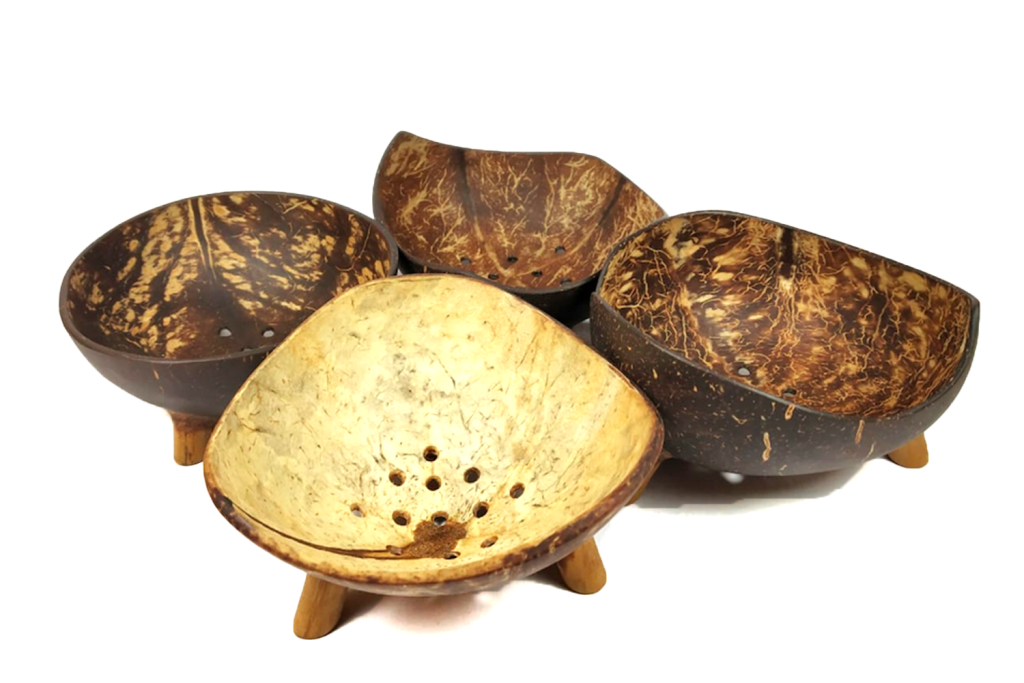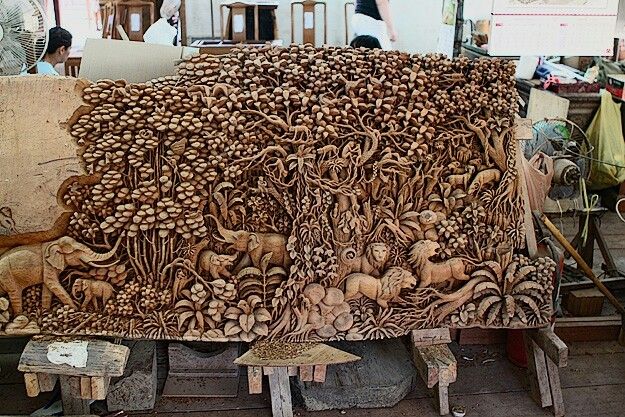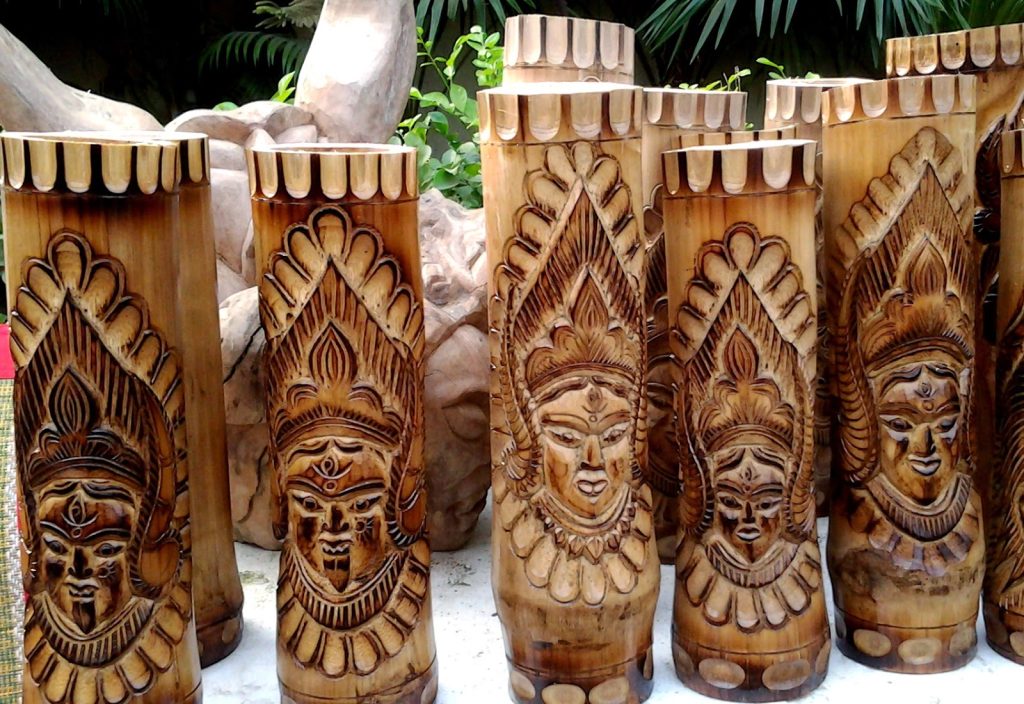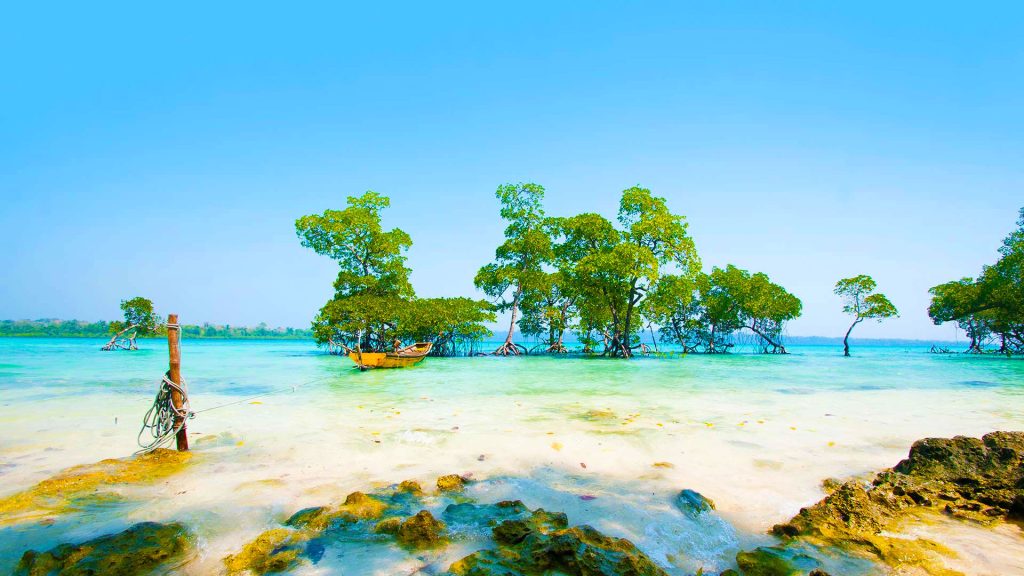We know this island group due to its spectacular beaches and delicious cuisine, but we are closed off to its traditional practices. The art and craft of the Andaman and Nicobar Islands are a masterclass of developing tourism with sustainable practice. Nestled in the heart of the Bay of Bengal, these islands are home to indigenous tribes whose traditional arts are imbued with deep spiritual and environmental significance. Whether it is the intricate shell and wood carvings or the novelty yet dangerous crossbow, each is in harmony with the island’s breathtaking landscapes. Whether it’s the delicate craftsmanship of coconut shell products or the intricate weave of cane and bamboo, Andaman and Nicobar’s art and craft evoke a profound sense of creativity. Let’s look at a few of these arts and crafts.
1. Crossbows
Crossbows are known to tourists as a novelty, which attracts interest. The practitioners of this art and craft of Andaman and Nicobar Islands use grooved wooden beams in the middle with iron loops to hold the quiver and arrows. Crossbows are another well-known memento among tourists, with its iron circles and furrowed focal bar.

2. Coconut Shells
Many decorative and ornamental items are made from coconut shells. Among these are jewellery, finger bowls, and table lamps. Coconut shell crafts are gradually becoming more well-known throughout India.

3. Wood Craft
Carpentry and woodworking are among the common arts and crafts of Andaman and Nicobar Islands. Up to 86% of the total area is covered by rainforests and deciduous forests. Ornamental wood, such as marblewood, ‘paduk,’ and ‘chui’ is quite popular for creating showpieces, figures of people or other creatures, and other items. The locals use wood crafts to build homes, wall estates, kayaks, and furniture. The most common use for ‘paduk burr’ is to create exquisite table tops. Driftwood sculpted by the sea’s currents and flow is transformed into the beautiful wood craft. In addition to being used in house construction, it is also utilized in fencing plantations and canoes.

4. Cane And Bamboo
The Andaman and Nicobar Islands are also well-known for their cane and bamboo crafts, which are typically made from products imported from Kerala and Andhra Pradesh. Cane and bamboo are used to create beautiful wall hangings, hats, furniture, and baskets. Cane is an adaptable material that can be woven with ease. Cane baskets are crafted from slender twigs and are highly prized. Bamboo is used to show off the craft’s sustainability and environmental friendliness as well as the adaptability and durability of this natural material.

5. Palm Mats
Palm trees are common in the Andaman and Nicobar Islands. These trees are a rich source of palm fibre, which is used to make palm mats. Palm mats are used as seating mats or doormats. These traditional handcrafted mats add to the decor’s beauty. They are typically made from ‘pandanus’ leaves and coconut stems by women in their spare time. The mats have a cool, soft, and airy texture.

6. Shell Crafting
Shells are abundant on the vast beaches of the Andaman and Nicobar Islands, and they are used to make exquisite items. Shell crafting makes musical instruments, and jewellery like bracelets and bangles, as well as decorative pieces like showpieces, ashtrays, boxes, and table lamps. The conch and tortoise shells are the most valuable of them all. These two are well-regarded in the market. The latter, with its beautiful hues, is highly sought after in the West, where it is used in many creative ways, whereas the former is primarily used for religious purposes. They have gorgeous colours and range in size from large to small. Due to the thriving art, shell crafting is quickly developing into a business hub and giving residents jobs.

Image Courtesy – Zee Zest





